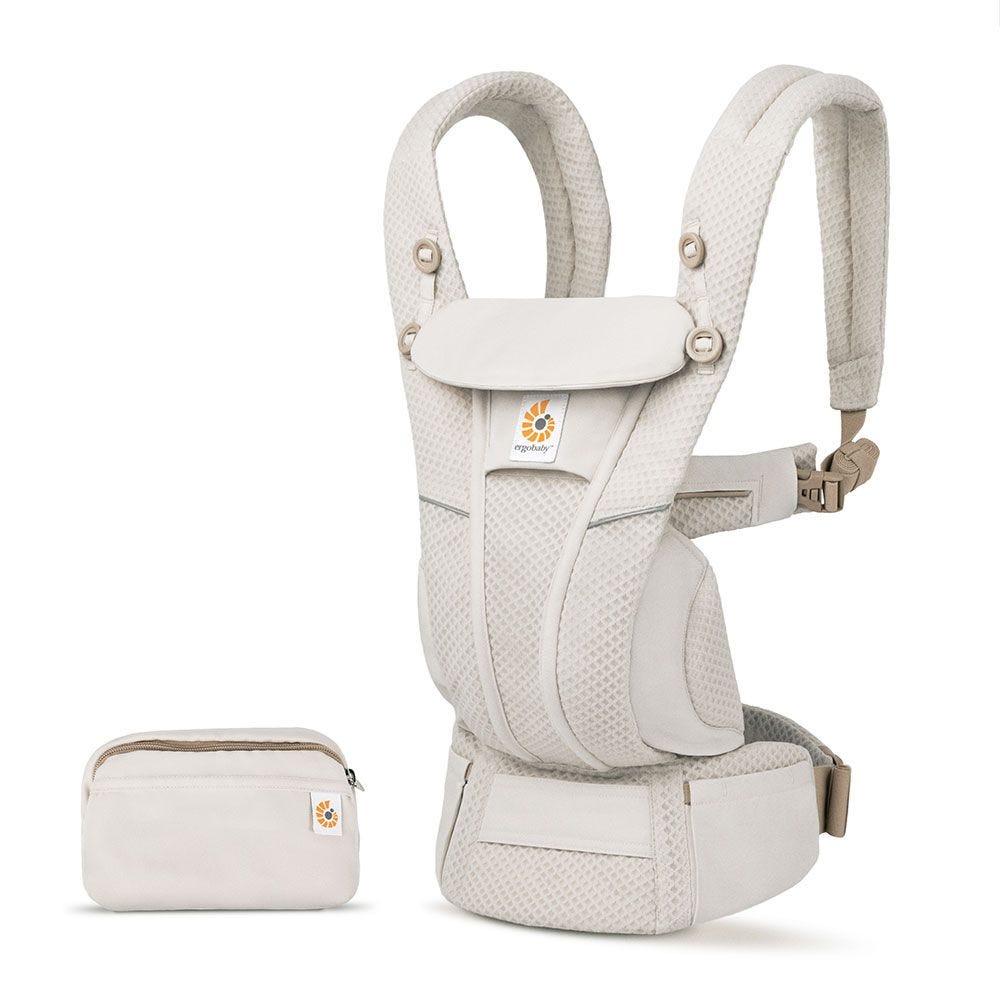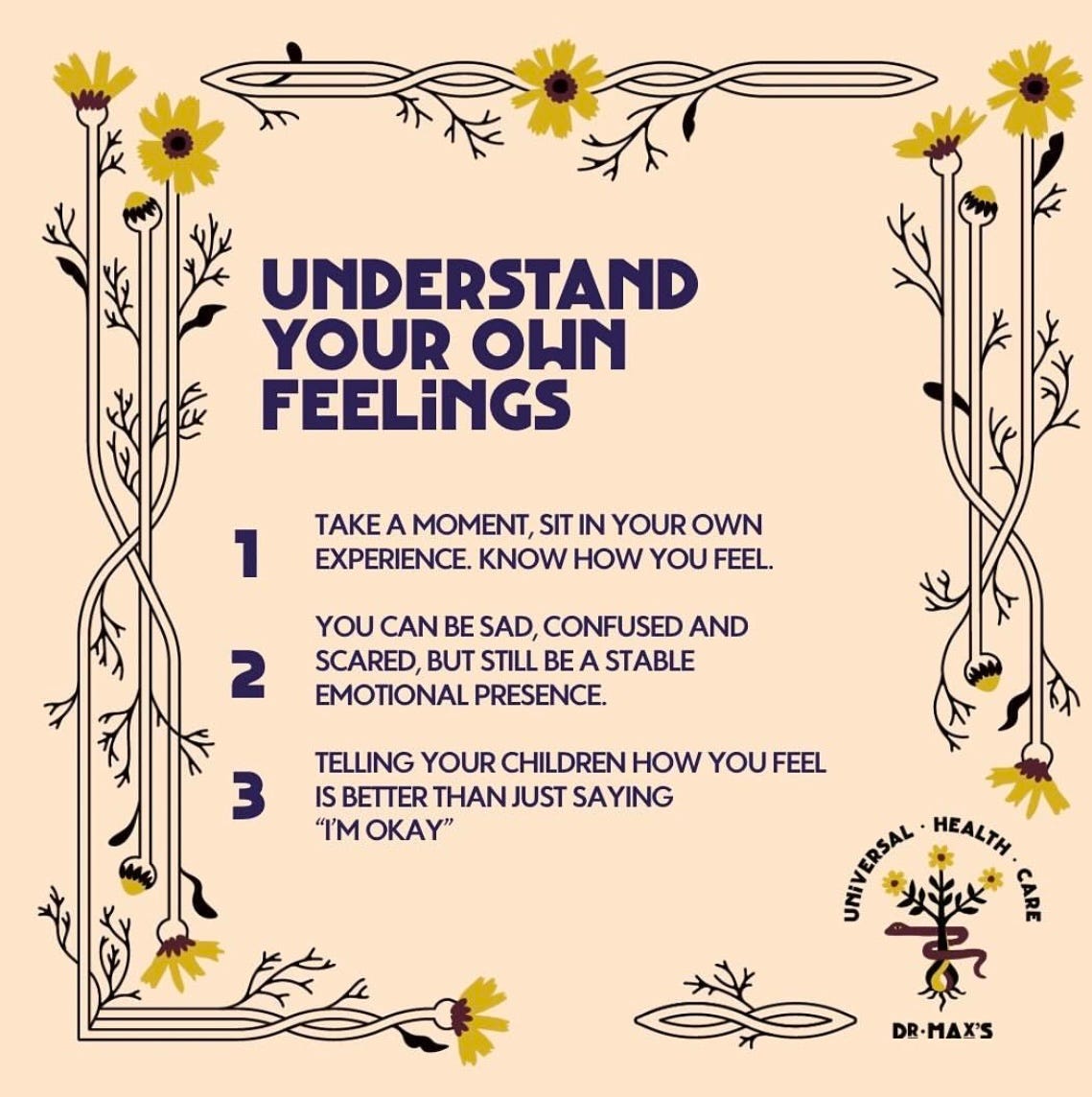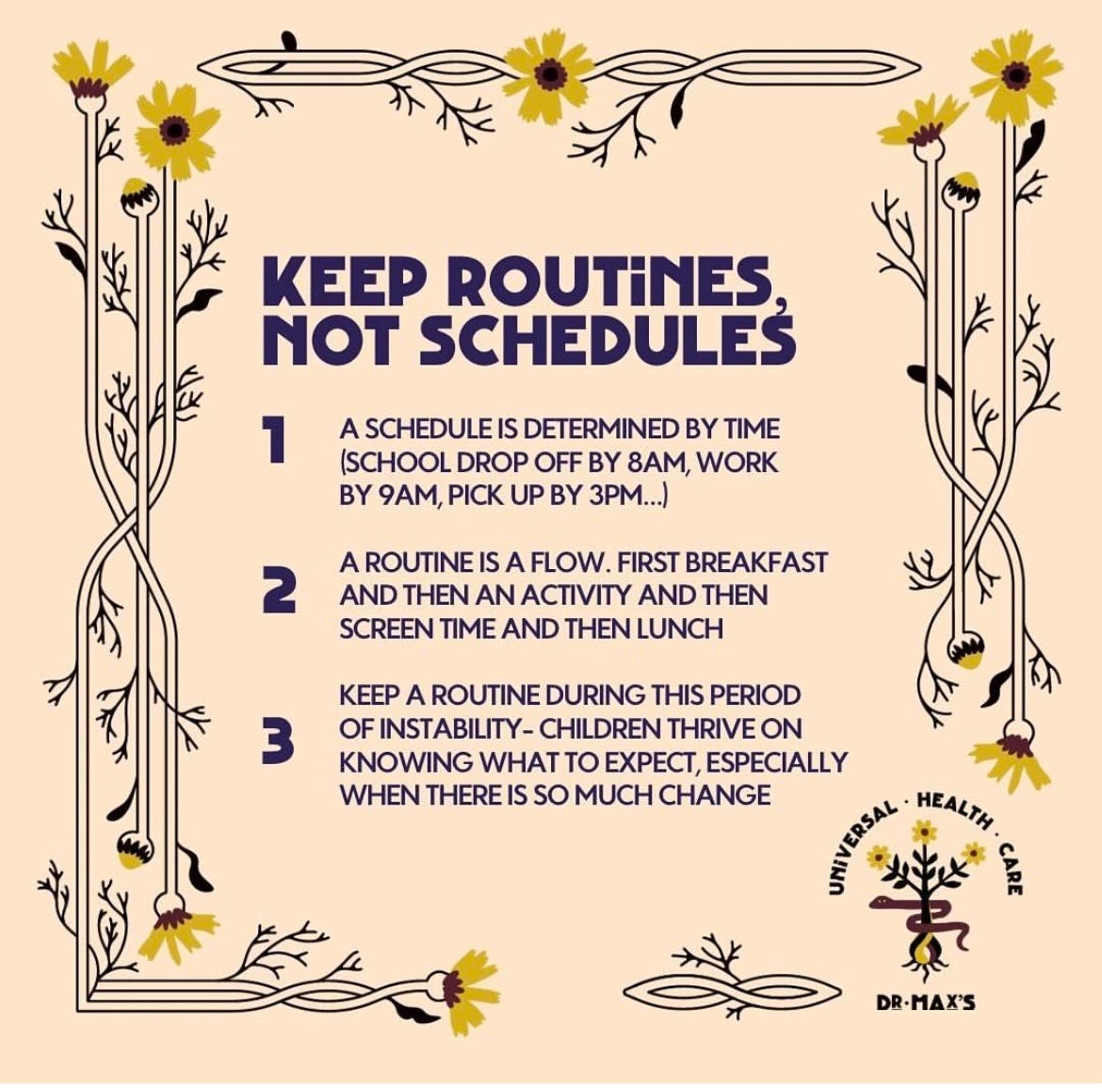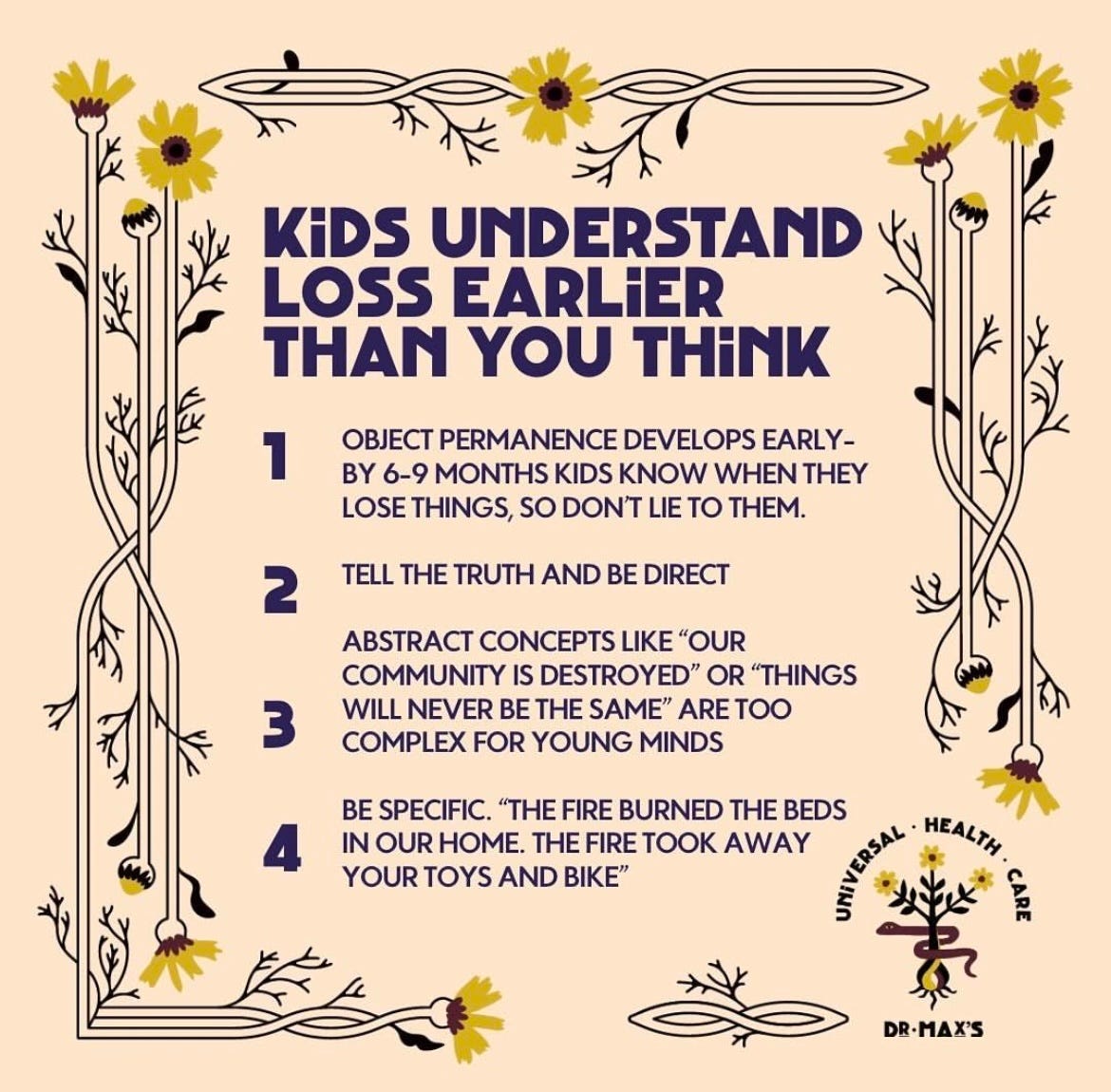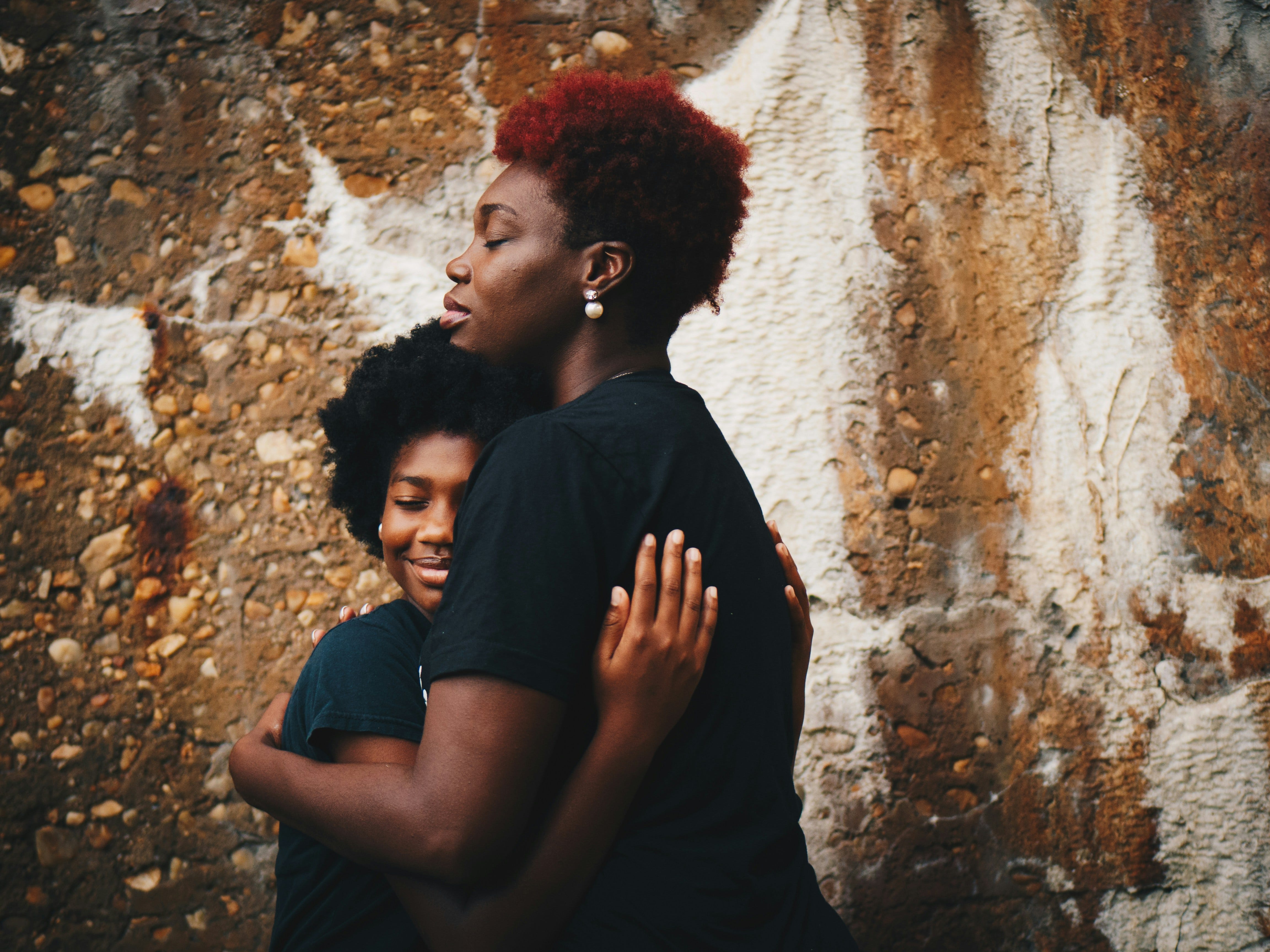
Hi friend. I love you. I may not know you personally, but I’m taking time to write this because I see you, I’m with you, I love you, and I’m here to offer support that I hope will be of value.
There’s no easy way to experience or discuss such large and hard topics. Give yourself grace, space, and time. The emergency has already happened, and while your body is likely still in a state of emergency, you and your children have T-I-M-E to process. There’s no rush to address every thought, fear, or worry today, however here are some things to support you through this time:
You Don’t Have to Hide Your Sadness
You can be sad and stable. In a time of such instability, stability will be one of you and your children’s greatest needs. Finding stability means facing your sadness. Many of us were taught to hide our sadness, you don’t have to hide it; you have to manage it.
You can show your stability by saying things like, “Yes, I’m sad right now. This was a sad thing that happened. I’m going to take a moment to cry, and then I’m going to get a cup of water and take a walk. Would you like to join me?”
We can teach our children that feelings, like sadness, are not too big to manage and are not shameful. This approach allows space for your child to feel okay about feeling sad. Remember to honor and care for yourself first. You are capable of doing hard things. Trust in your strength to get through and know that you don’t have to do it alone. Wherever you feel in need of support, seek it in order to BE and be your children’s stability.
All About Baby Carriers for Nature Adventures
Keep Routines Over Schedules
One thing that creates a feeling of stability is keeping routines over schedules. Instead of saying, “We have to wake up at 6:30, eat breakfast at 7, leave the house by 7:30 to get to school at 8,” you say, “We are going to wake up. We are going to eat breakfast. We are going to leave the house and go explore/learn.”
This immensely takes the pressure off trying to “maintain the norm” when things are not normal while still allowing you to experience routine and “the norm”.
Honesty Will Empower Your Children
Remember that knowledge doesn’t scare children; uncertainty does. Being honest will empower them because it reduces their questions. Giving them knowledge validates their experiences and encourages them to trust themselves and their feelings.
When you share information, be direct and stick to the facts rather than telling a story. The hardest part of talking to our children is editing out the fears we carry in our heads. For example, if they are crying because they miss their favorite blanket, stick to the facts: “Your blanket is gone. You loved that blanket. This must be very hard. Can I be your blanket right now?”
Exploring Nature with a Baby Carrier
Create a Safe Space for Children to Process
Parenting is a processing job. This is not the time to bubble-wrap your child to try to “protect” them from hard things; this is the time to create a safe space to help them process what’s happening around them. Children are often more aware of their surroundings and their feelings than adults are, so listen to them and let them lead the conversation.
While they may feel a lot, they don’t always have the words to express it. To support them, I love to ask questions like, “Where do you feel it?” or “What does it feel like?” To further guide that question, help them draw from past experiences. “Does it feel like the same scary feeling before you go to the dentist? Does it feel like first-day-of-school scary? Or is it a completely new type of scary you’ve never felt before?”
For older children, including teens, it can still be hard to articulate feelings. I love to play a word association game: “You don’t have to talk in full sentences, just shout out whatever word comes to mind.” This has immensely helped teens share their feelings. The more words they release, the clearer their minds become, enabling them to express themselves fully. And it adds an element of silly that makes a heavy conversation lighter. It can sound like, “Fire! Scary! Sleep! Not! School. Friends. Can’t. See.” Just keep going, it comes together.
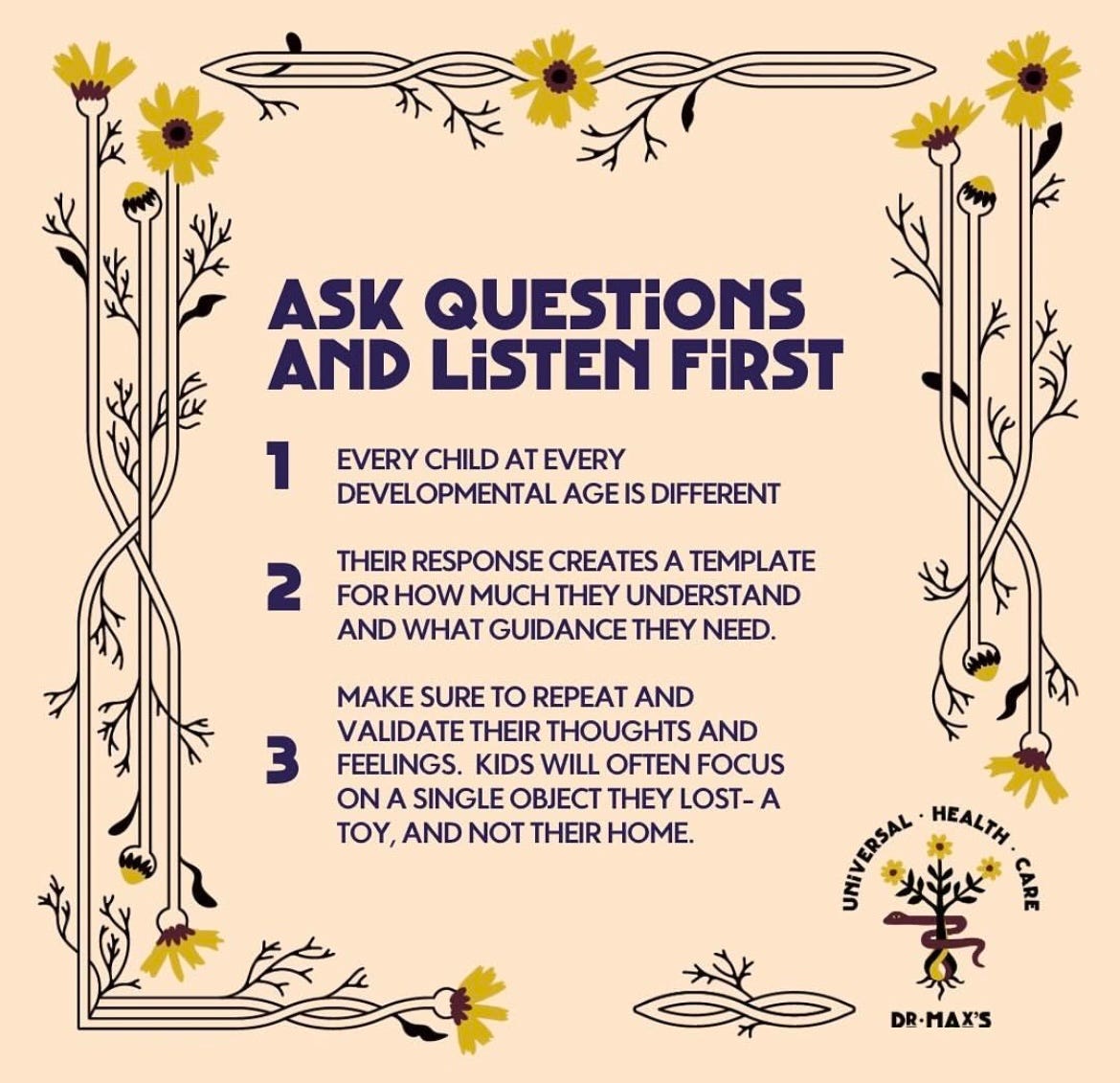

Advantages of Using Strollers for Nature Adventures
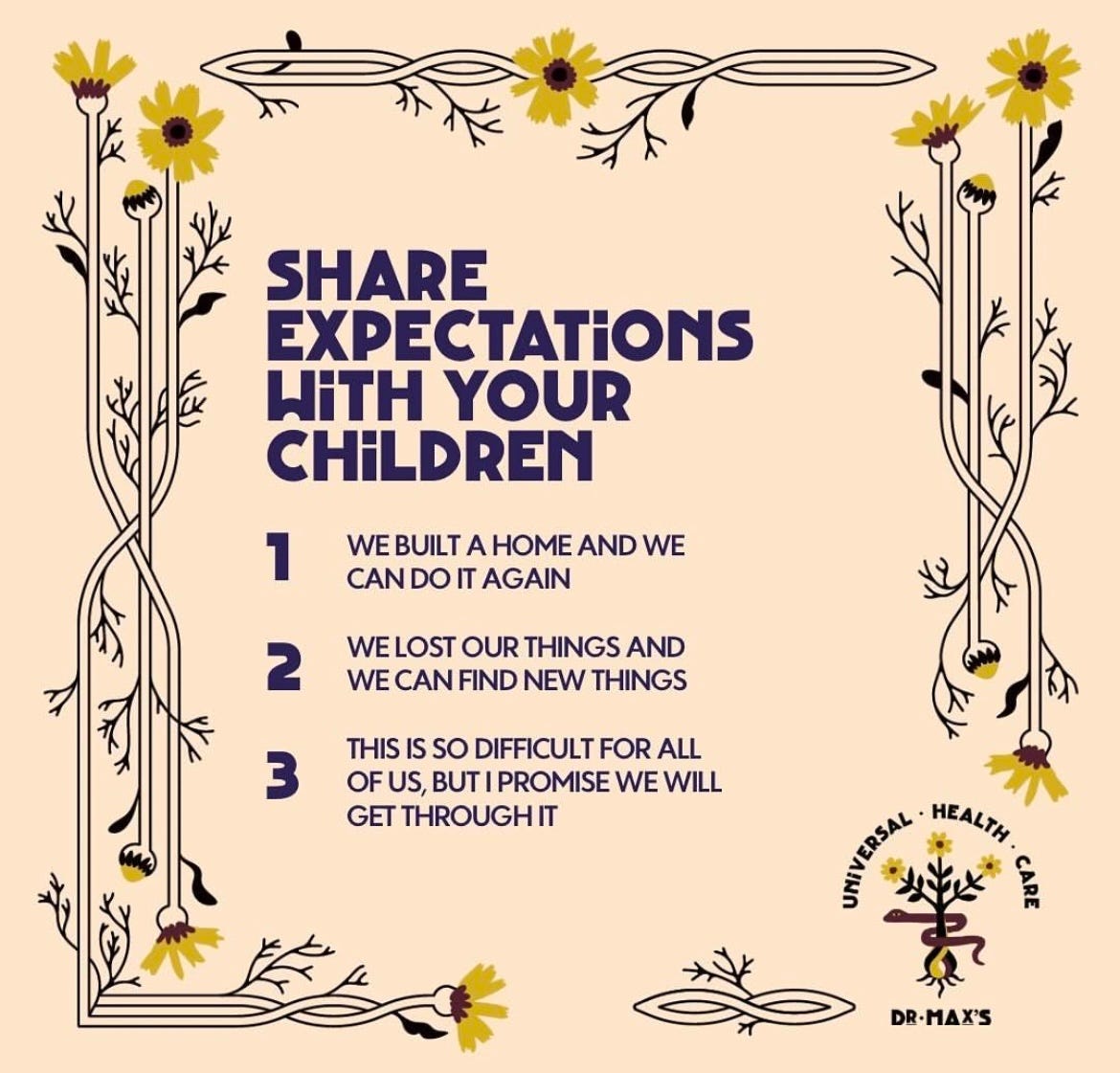

Share What Your Children Can Expect from You
Help your children process and share expectations that may have been broken and what may come. “We expected to be safe in our homes, but our home became unsafe. However, we are still safe… You may feel angry, happy, or sad, and that’s okay. You might have a hard time sleeping or want a pacifier again. That’s normal, and I’m here to support you.”
Regressions are a normal response to life altering events. Don’t be alarmed if your child shows signs of regression; it’s a signal that they are processing and need safety, security, and support.
Share what to expect from you: “Mommy/Daddy/Baba/_____ may also get sad or mad. It doesn’t mean I’m upset with you, and it doesn’t mean that I’m not okay. It’s okay to cry or get mad sometimes. We will get through it together.”
Encourage Children to Control What We Can
Empower your children by remembering that in uncertain times, you should control what you can. You cannot control the winds, fires, or how long it will take to rebuild, but you can control your breath, your responses, and your ability to create joy.
If this is challenging for you, let your children lead. They are brilliant and resilient leaders in joy. Dancing, making funny faces, giving hugs, and expressing gratitude can be practiced anywhere. You can even create a “joy challenge” to see who can find the most joy each day.
Every morning, my children and I play “Find the Joy” as we ride to school, calling out things that bring us joy. It’s a wonder to hear the beautiful things they come up with: “Friends are joy! Family is joy! The ability to learn is joy! Having a new day is joy!” This perspective empowers and shifts our focus in incredible ways while teaching them that joy is something that can always be found, never lost, or stolen.
Look for the Helpers
As you empower your children and guide them from disaster to community and gratitude, teach them to look for the helpers. Point out people who are helping in various ways and ask how they can become helpers themselves. This could be something simple, like drawing thank-you cards for first responders. This activity allows you and your children to bond, process emotions, and produce something joyful for those who help. By doing this, you show your child what they can control, giving them back a sense of security in a world where they may feel that control has been taken from them.
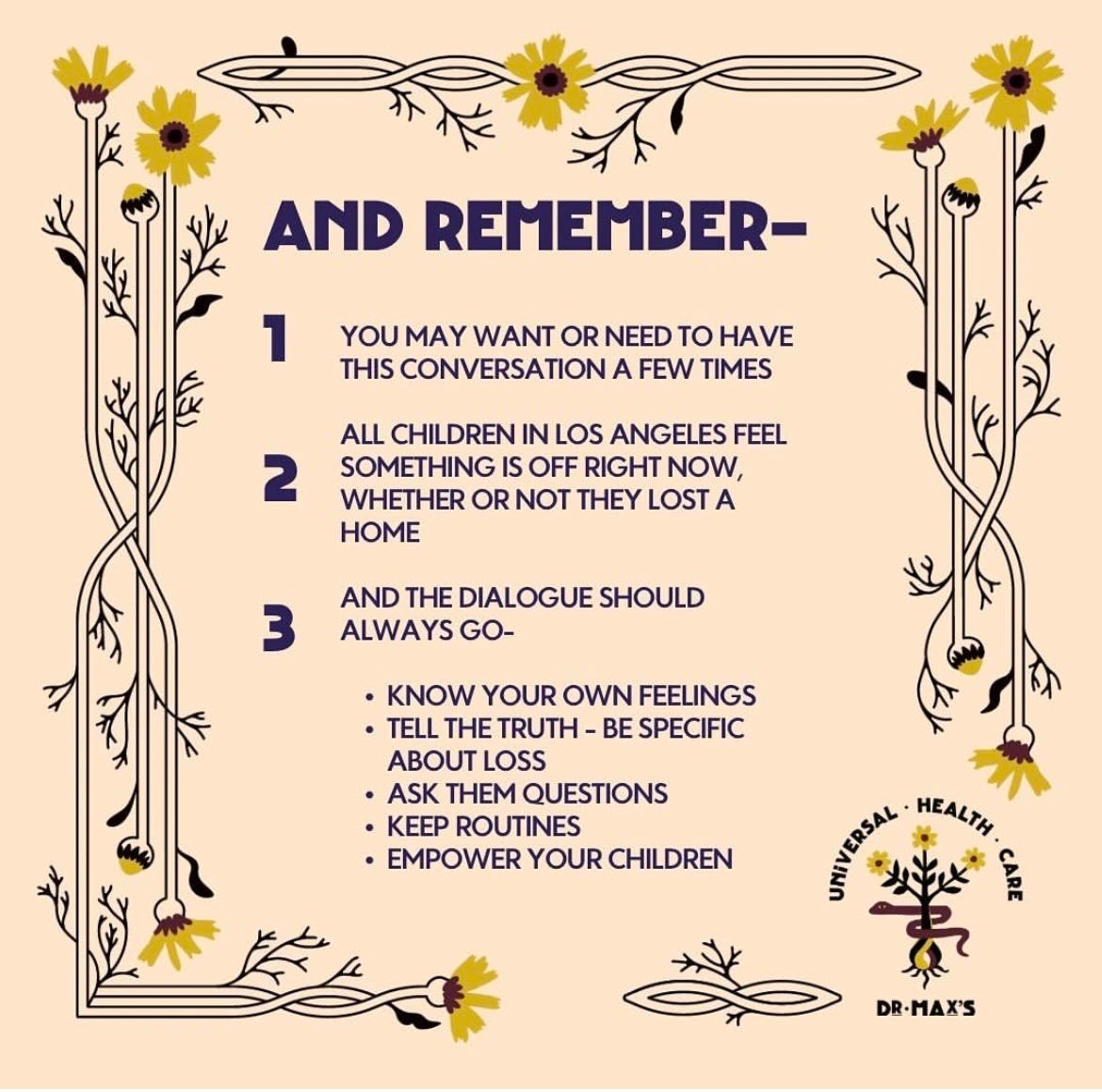

In these challenging times, remember that you are not alone. Together, you and your little heavens can navigate through the difficulties with love, understanding, and hope. Embrace the moments of joy and connection, allowing yourselves the grace to heal and grow stronger together. You have the strength to create a nurturing environment that fosters resilience, compassion, and love in your family. We are in this together and together we will thrive.
Love,
Your Friend, Charisse A Sims
Charisse Sims is an award-winning Podcaster. A recognized & awarded Educator by PBS & PBS Children, the children’s book author of Say Their Names, a mindfulness book that empowers parents & children around social & racial injustices, & nationally recognized speaker & trainer specializing in Child Development, Education & Social Emotional Learning.

